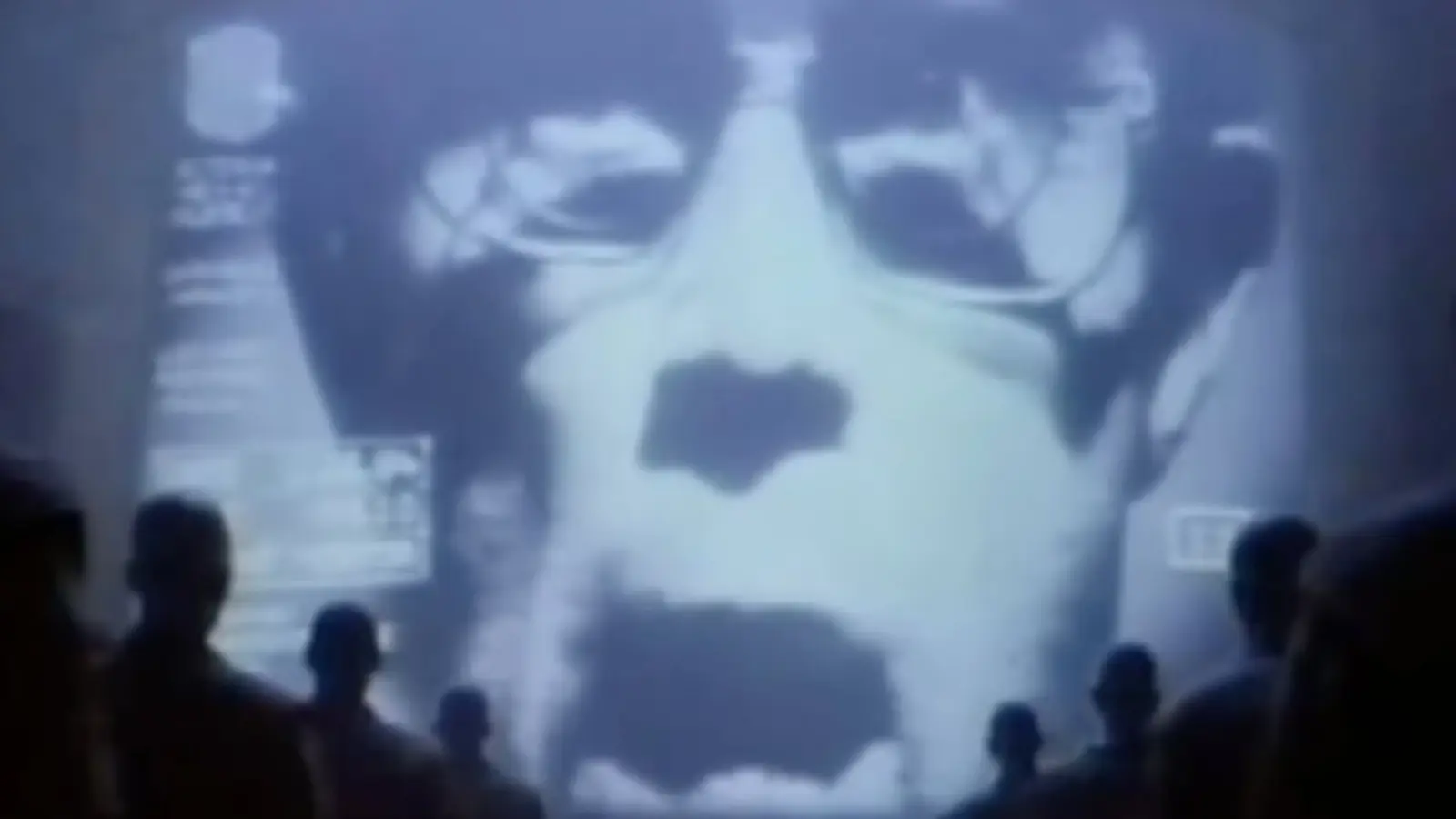5 Minutes
Steve Hayden, the writer behind Apple's landmark Super Bowl spot, has died
Steve Hayden, one of the principal copywriters behind Apple’s revolutionary "1984" advertisement that introduced the original Macintosh, has died. Hayden passed on August 27, 2025, leaving behind a legacy that shaped modern technology marketing and brand storytelling.
Why "1984" endures in advertising and legal history
From a single Super Bowl airing to decades of cultural resonance, the "1984" spot remains one of the most analyzed and celebrated pieces of advertising. The commercial — conceived with director Ridley Scott and co-writers including Brent Thomas and Lee Clow — began life as a pitch deck that famously convinced Steve Jobs and then-CEO John Sculley to run the ad during Super Bowl XVIII. The campaign cost roughly $15 million at the time (about $46 million in 2025 dollars), and its impact far exceeded traditional metrics: it catalyzed media coverage, reinforced Apple’s brand identity, and later even surfaced in high-profile legal contexts, including the Epic Games vs. Apple litigation.
Steve Hayden's reflection on information and truth
Steve Hayden later reflected that the ad’s core idea — that access to accurate information frees people from conformity — has not unfolded as optimistically as he once believed. He warned that despite greater access to data and digital platforms, people often struggle to identify and trust the truth. Those observations link directly to modern conversations about misinformation, platform responsibility, and how technology shapes public discourse.
Creative process and production: from pitch deck to Super Bowl
Hayden’s original script and the dramatic cinematic approach convinced Ridley Scott to direct. The ad intentionally did not describe the Macintosh’s technical specifications; instead it relied on symbolic storytelling to position the computer as a disruptive product — a strategic decision that prioritized brand positioning over feature-first messaging.
Product features vs. narrative positioning
Although the ad did not enumerate product specifications, the Macintosh’s real-world features — a graphical user interface, mouse-driven navigation, integrated hardware and software design, and an emphasis on user-friendly computing — were the product foundation that justified the bold narrative. In marketing terms, the ad demonstrated how emotional storytelling and visual design can prime audiences for a product’s practical benefits without listing features.

Comparisons, advantages, and use cases for modern marketers
- Comparisons: Unlike feature-led product launches common in the PC industry of the early 1980s, Apple’s approach used cinematic storytelling to differentiate the Macintosh from competitors. Today’s tech launches often blend both approaches: high-impact brand films plus detailed product pages and technical demos.
- Advantages: Brand-driven creative can create cultural momentum, drive earned media, and improve long-term brand equity. The "1984" spot shows how a memorable ad can become part of broader marketing ecosystems — from PR coverage to social sharing and legal archives.
- Use cases: Modern product launches can adopt a two-layer strategy inspired by "1984": craft a signature brand narrative for broad awareness and pair it with deep product content (technical specs, tutorials, developer APIs) to convert technically minded audiences.
Market relevance and lessons for digital innovation
The "1984" ad’s enduring relevance lies in its demonstration that creative risk-taking can define a technology brand. It also highlights the limits of advertising alone: Hayden himself argued that Apple grew through evangelism — person-to-person advocacy — with advertising reinforcing that community-driven momentum. For product teams and marketing leaders, the lesson is clear: build remarkable products, tell a compelling story, and nurture user communities to amplify growth.
Steve Hayden’s death prompts a renewed look at how advertising, product design, and digital platforms interact in shaping public perception. As companies navigate misinformation and platform dynamics, the tension Hayden observed — between access to information and the ability to trust it — remains a central challenge for technologists, marketers, and policymakers.
Legacy
Hayden’s role in creating a transformative moment in tech advertising secured his place in marketing history. The "1984" ad didn’t sell the Macintosh by listing specs; it sold an idea — that technology could liberate creativity and individual expression. That narrative continues to inform how tech brands build identity, launch products, and engage with global audiences in an era defined by digital innovation and complex information ecosystems.
Source: appleinsider


Leave a Comment